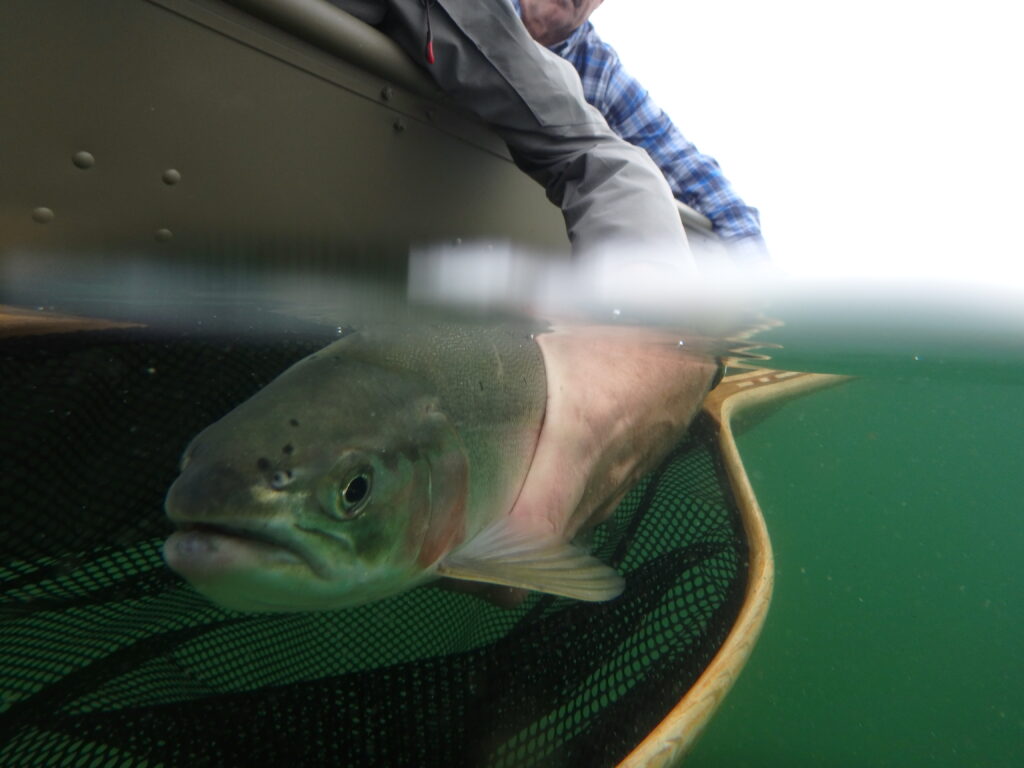Expert Advice
Enhancing your Stillwater Skills
What makes an angler excel from being an average angler to one that consistently lands fish on every trip to a lake? Becoming a better Stillwater angler is not by accident but more from studying one’s surroundings and the insects that inhabit the water you are about to fish. While watching other anglers on the water there are always a few that stand out from the rest as they catch more fish throughout the day. It’s not necessarily where they anchor or what they are using that makes them catch more fish, it’s more a combination of many little things all put together that makes them more productive at the end of the day.
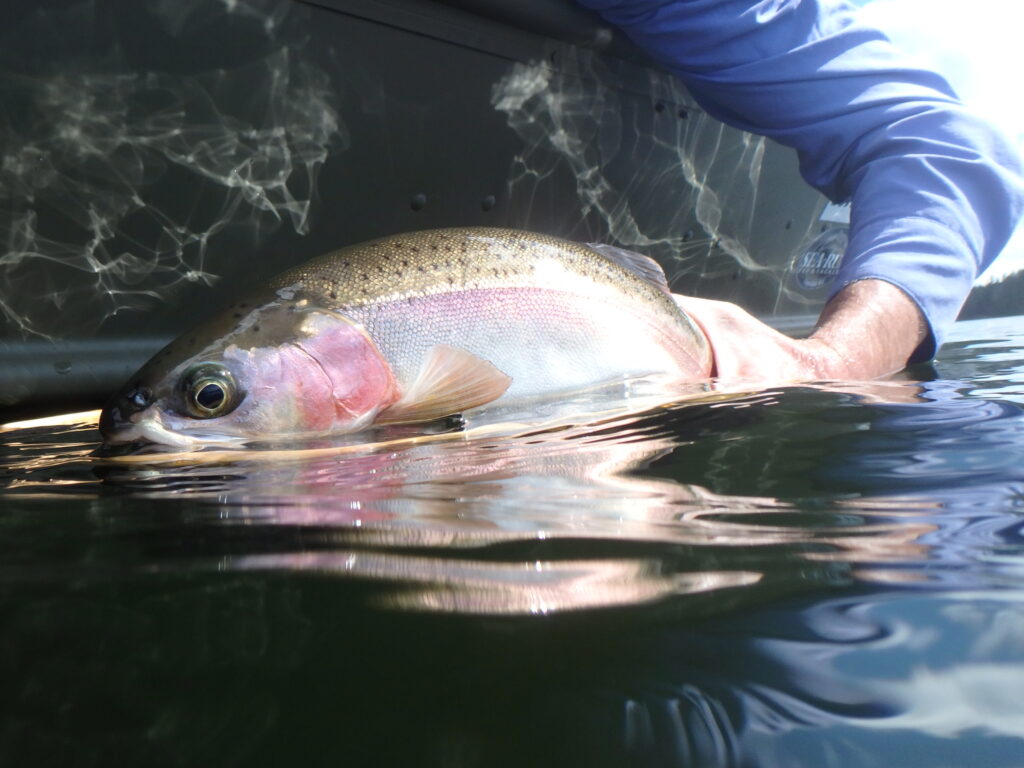
Time Well Spent
While I was going through the many growing pains of learning to fly-fish over forty years ago, I always noticed that there were a few anglers that stood out from the rest. My goal in this sport was to become one of those elite anglers regardless of how much hard work it took to achieve this. I’ve met a lot of anglers over the years that are well on their way to success but unfortunately, they throw in the towel long before all the pieces are finally put together.
It’s not necessarily an easy journey but I assure you once you start catching fish on a regular basis you will never regret all the time invested in this hobby.
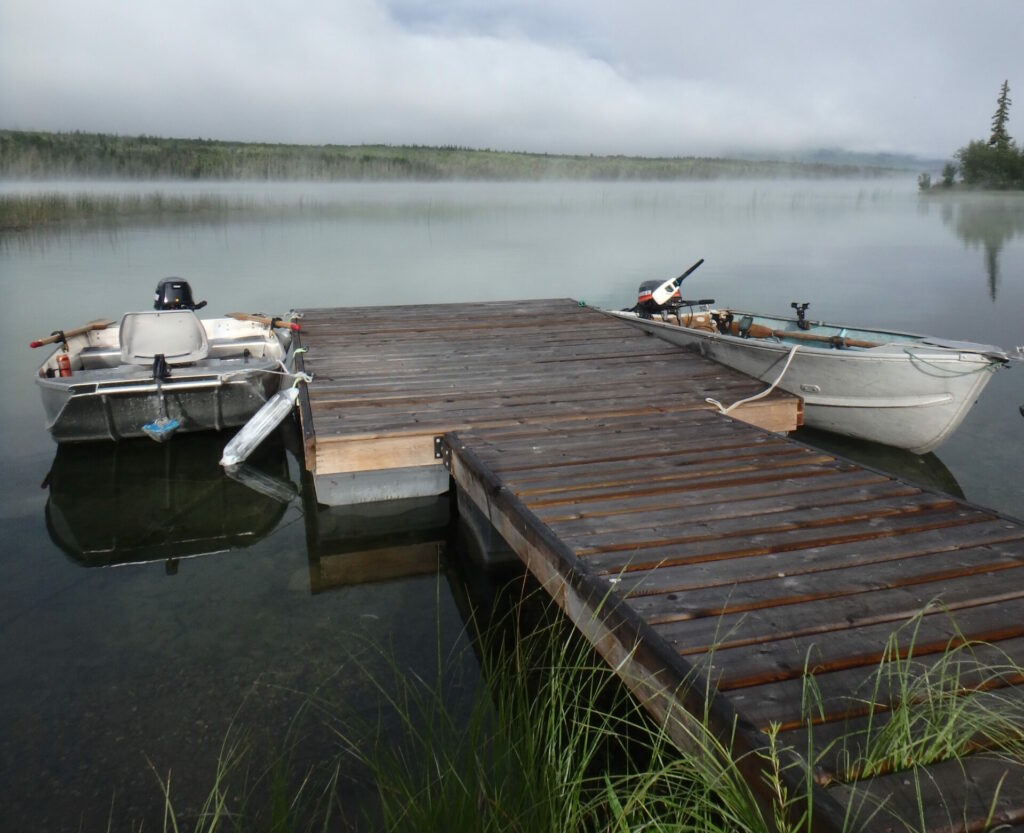
Adaptability, Perseverance, and Confidence
While advancing your fly-fishing skills, never hesitate to ask other anglers questions as most productive anglers learned their skills by asking others along the way. I find the key to becoming a well-rounded angler is to master only one or two specific elements at a time. Taking on too much will only make the journey more frustrating, and you may lose interest before reaching your end goal. If I were to pick three main elements to live by when fly-fishing, they would be adaptability, perseverance, and confidence. A productive angler always uses these three elements along the way while striving for success.
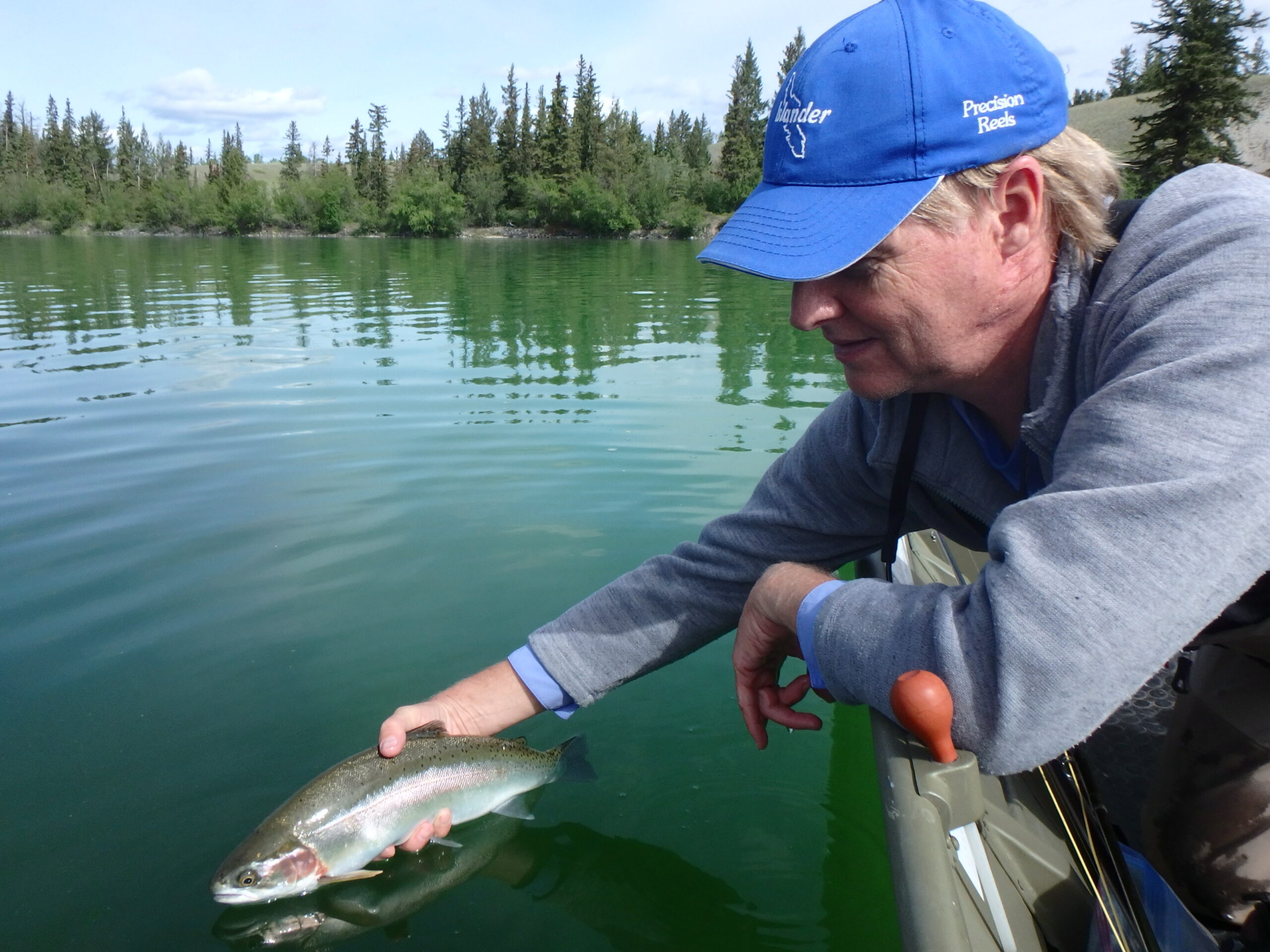
The Grass isn’t always Greener
Being able to adapt to changing conditions allows you to always cover the fish you are targeting effectively. This may require carrying numerous rods and flies on the boat with you but that is a small sacrifice to achieve better results. Perseverance simply means covering an area properly before pulling anchor and moving to a new location. If you are anchored in an area with fish visible, either rising or cruising, be sure to cover them with a variety of strategies and techniques before pulling your anchor and moving on. Sometimes changing the speed of your retrieve is all it takes to get the fish to strike. It is also easy to try different flies before relocating. All the time spent moving around takes away from the time your line is in the water. It’s nice to move around and explore but the grass isn’t always greener on the other side.

Trust in Your Gear
As for confidence, you should always be confident that the fly and set up you are using are the best choice for the specific body of water you are fishing. Being confident about your fly selection and gear is important as it means you are covering the water to the best of your ability. To help improve confidence, a good habit to get into is checking your fly after every cast. It is easy to do by simply pulling the fly alongside the boat before casting again. By doing this you can make sure the fly is tracking properly and is free of any weeds or debris.
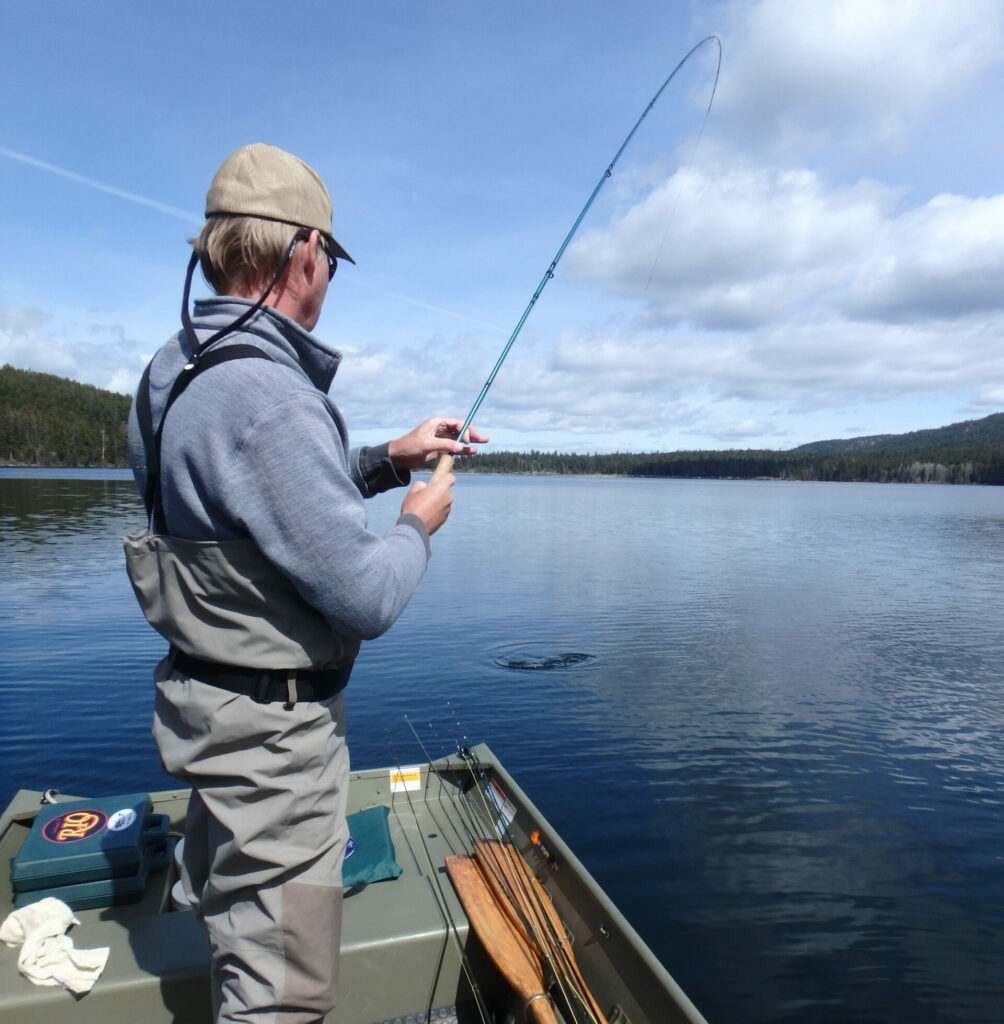
Preparing for the Hatch
While on the water always be prepared and keep your eyes open for any insect hatches. Most hatches occur when the sunlight penetrates to the bottom and warms the water’s temperature. When the weather remains warm for a few days in a row. a hatch will usually occur around the same time each day. When fish do dial in on a specific hatch the frenzy usually does not last for very long. For this reason, it is important to have several rods set up and ready to go at all times. It is not uncommon to see anglers with four to six rods set up, so they don’t miss out on any hatches when they do occur. When I head out on the water, I bring a minimum of four rods every time, so I spend more time fishing and less changing flies. My must have setups include two floating lines so I can have a rod set up with a dry fly on it and the other one will usually have a mayfly emerger tied on. As for sinking lines I always have a dragonfly nymph tied on to a type six line and a leech on a type three line. By having these four rods set up I can cover any depths from three to forty feet if need be.
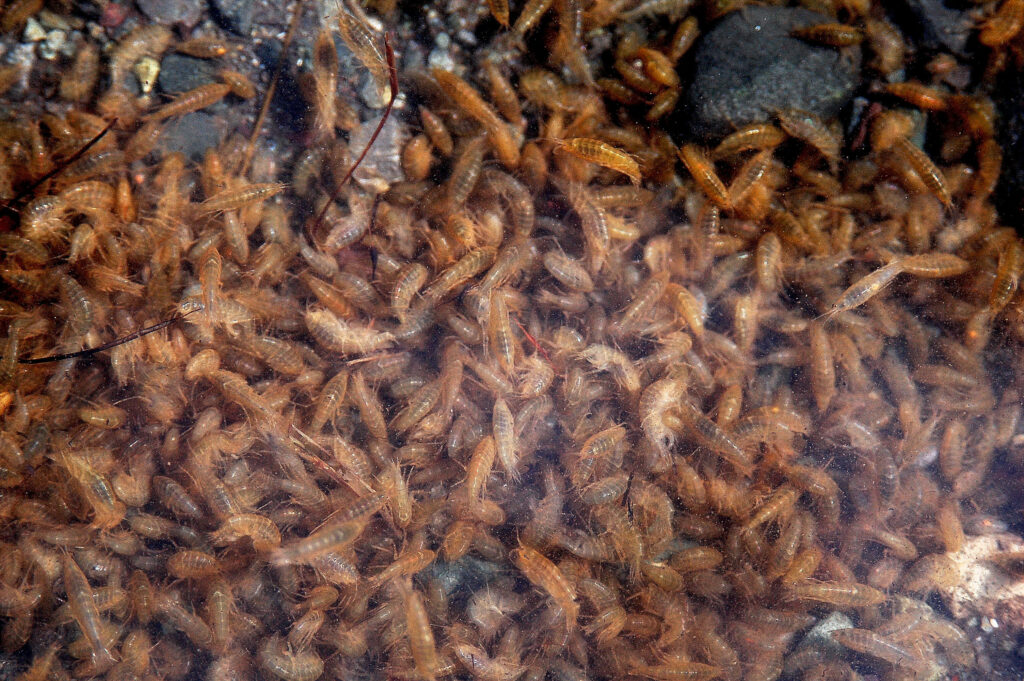
Fly Selection
When it comes to fly selection, the options are literally endless for interior flies. A great place to start is by checking the shoreline for natural insects and then trying to match the insects as close as possible. The key elements to mimic are the size, shape, and color. It can also be beneficial to watch how the insects move so you can imitate them while retrieving your offerings. When building a fly collection, imitating natural insects should be first and foremost on the list.
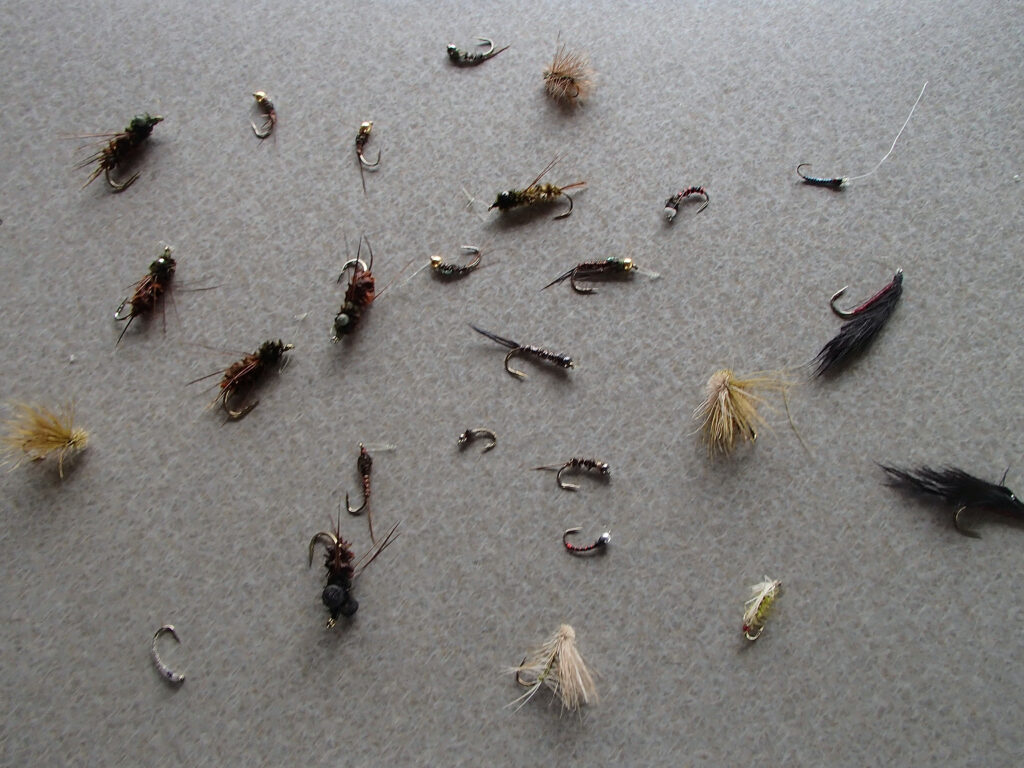
The most common insects in British Columbia’s interior lakes and times they are available are as follows;
SHRIMP (SCUDS): All year
DAMSELFLY NYMPH: Mid-June to early August
DRAGONFLY NYMPH: Early May to end of September
CHIRONOMID: Early May to mid July, and end of Sept
LEECHES: All year
MAYFLY EMERGER: Late May to early August
WATER BOATMAN: Early May and Mid Sept to end of Oct
SEDGE (DRY): Mid June to early August
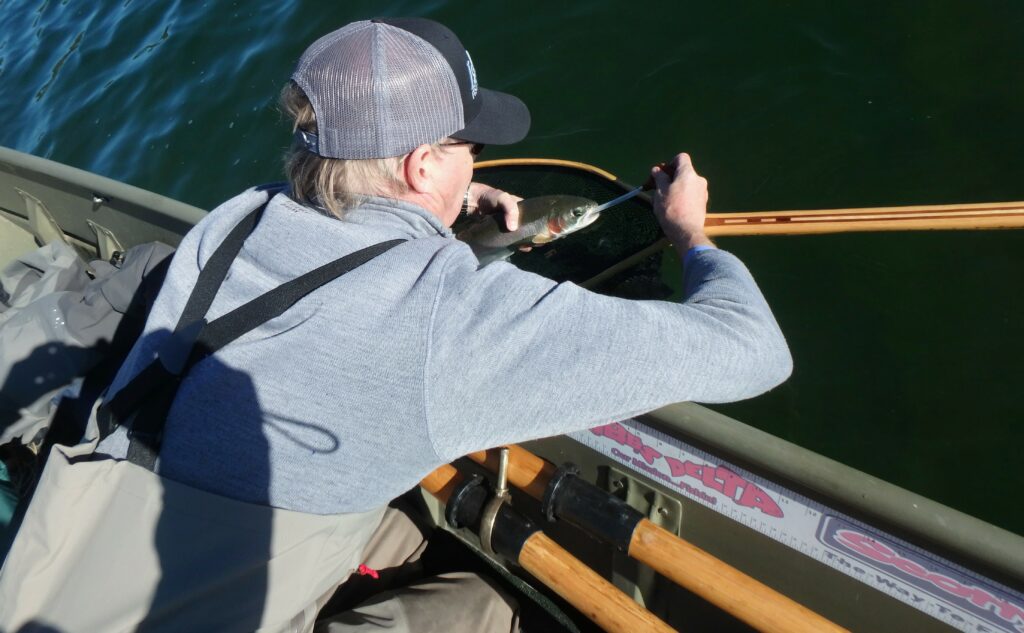
Building an Effective Arsenal
By simply imitating these eight insects in different sizes and shades you will quickly assemble a highly productive and large fly collection. My own collection of these insects is more than two thousand flies and grows with every passing year. Productive anglers usually have organized fly collections so they can easily find a fly when wanting to make a change. It also helps to have flies separated by type of insect, colour and even hook size. Another tool to help determine what the fish are feeding on are throat pumps. They are designed to gently extract the contents of a fish’s throat to see what they were most recently feeding on.
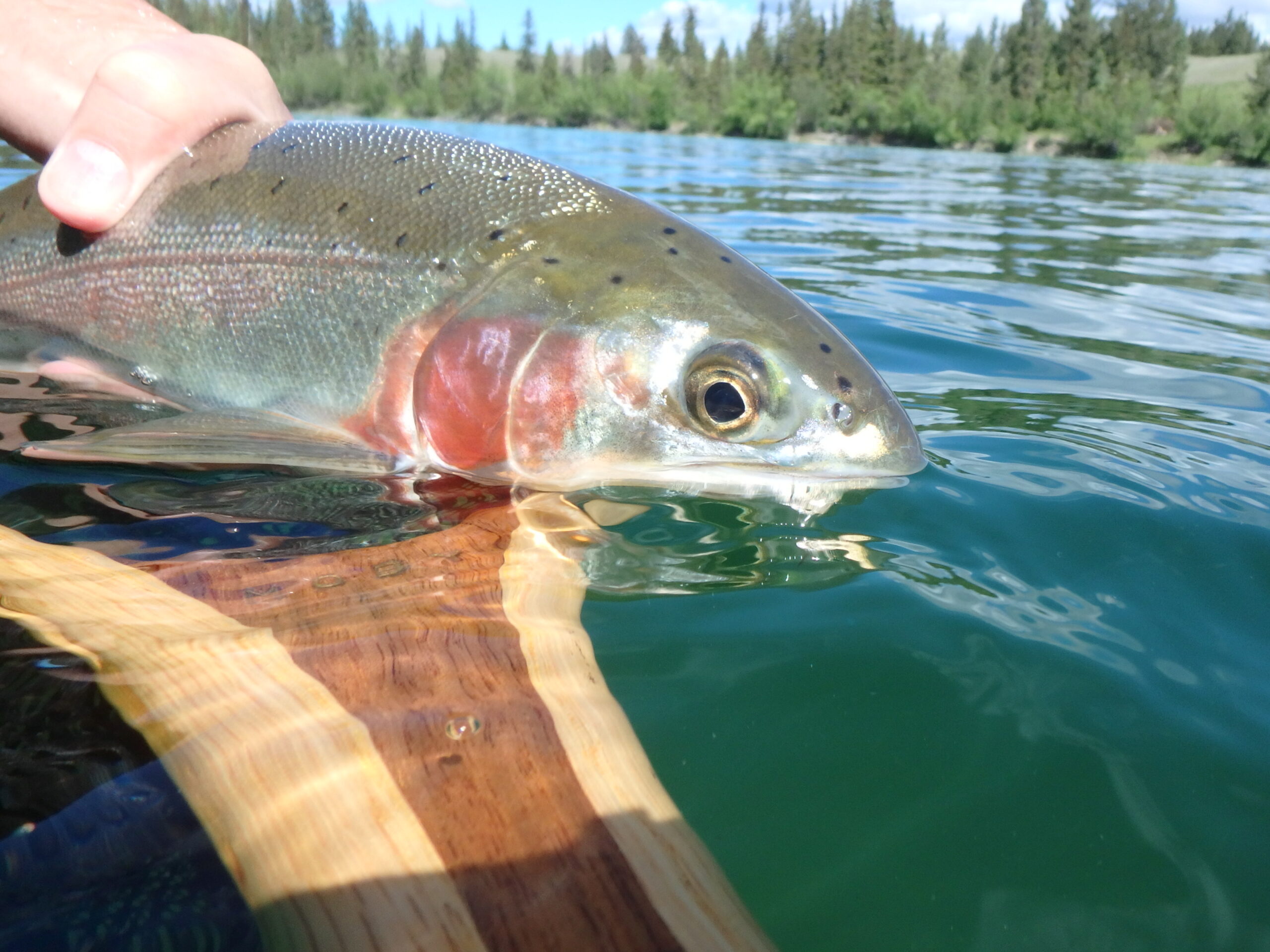
Using an Indicator
I will be the first to admit that indicators are not for everyone. In fact, I seldom use them as I prefer to keep busy retrieving my line. That said, they are highly productive and have really gained in popularity over the past couple of decades. The introduction of strike indicators and weighted flies has made it easier for novice anglers to fish as a long cast is generally not required. With new hooks, tying materials, and the use of indicators, anglers can now imitate insects like chironomids perfectly. Indicators are used to suspend a chironomid or other small imitation at a specific depth. The reason for its high success rate is it allows your offerings to hang vertically in the zone without passing through it. The indicator also helps to detect a strike more easily as it takes very little to pull the indicator under. Without an indicator a fish can pick up and drop a fly before a strike is even detected. The ideal depth to hang a chironomid imitation is a foot or two off the bottom as this is where trout do most of their feeding on the natural ones.
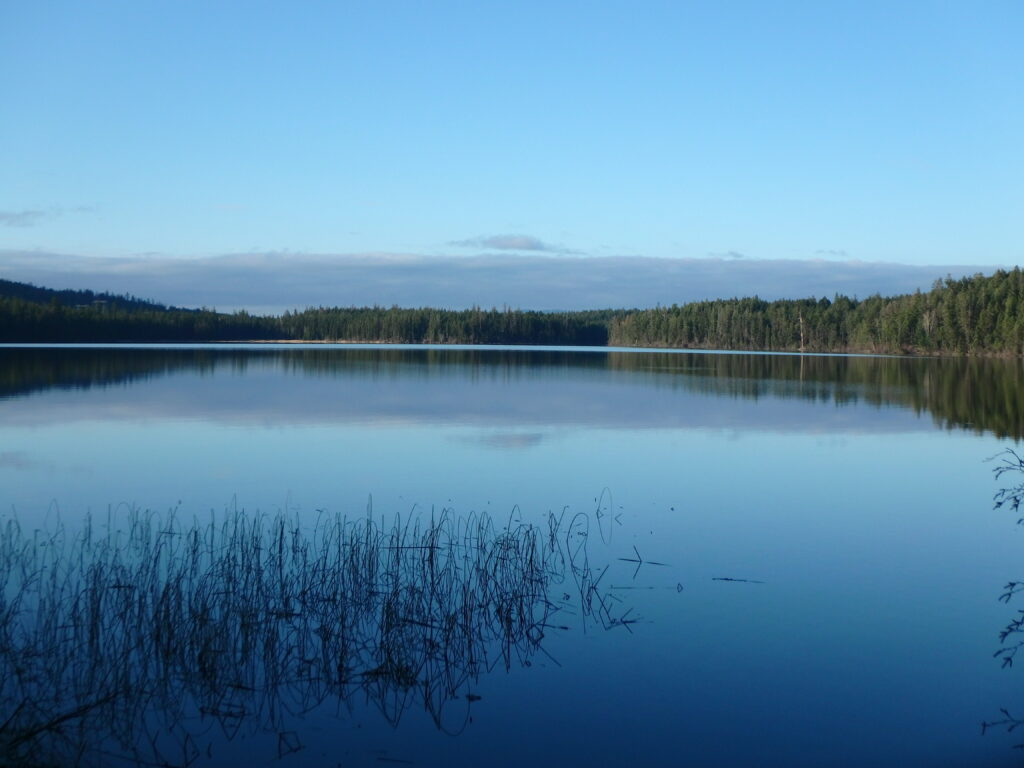
Weights, Weather, and Water Dynamics
Adding weight to the leader was virtually unheard of until a few years ago and now it is common to use a barrel swivel to help get your offerings into the zone quicker. The added weight also helps to straighten out the leader, which in return, makes strikes easier to detect. When fishing with indicators it is important to double anchor, to prevent the boat from swinging in the wind. Speaking of wind, the weather plays a significant role in determining the outcome of a fishing trip. Over the years I’ve found trout can be extremely selective when a low-pressure system moves in, and the barometer starts dropping. When a barometer is holding steady, fish tend to be more predictable and willing to feed. It can also be difficult to get trout to bite on bright days when there is no wind to break the glare on the surface. You will often find that when a slight breeze comes up the productivity increases as the surface glair gets distorted.
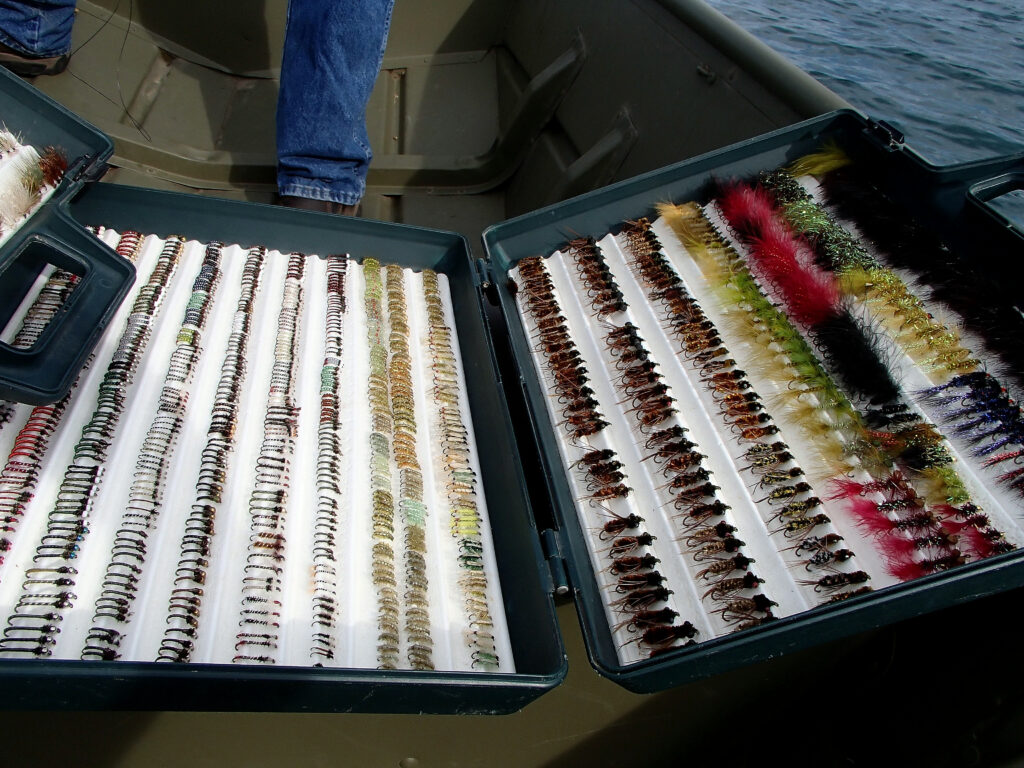
Throughout the winter months we have time to top up our fly collections and organize them by size, shape, and color. By doing this you will be better prepared once it’s time to hit the lakes in the new year. This takes a little time but once it’s done, you’ll never have to do it again.
Tom Johannesen
Tom Johannesen grew up fishing but at the age of 23 he had his first article published in a British Columbia Federation of Fly Fishers (BCFFF) newsletter and something changed.
Since that first article, Tom has been on a mission to master his craft and to share what he has learned with others. With over 200 articles published in magazines like BC Sport Fishing, BC Outdoors, Outdoor Edge, Canadian Fly Fisher, Home Waters, Reel Angler, Western Angler and Island Fisherman, it’s clear that it’s a mission he takes seriously. He also regularly hosts seminars and tutorials at fly clubs and shops in the hopes of lighting that spark in the next generation.


